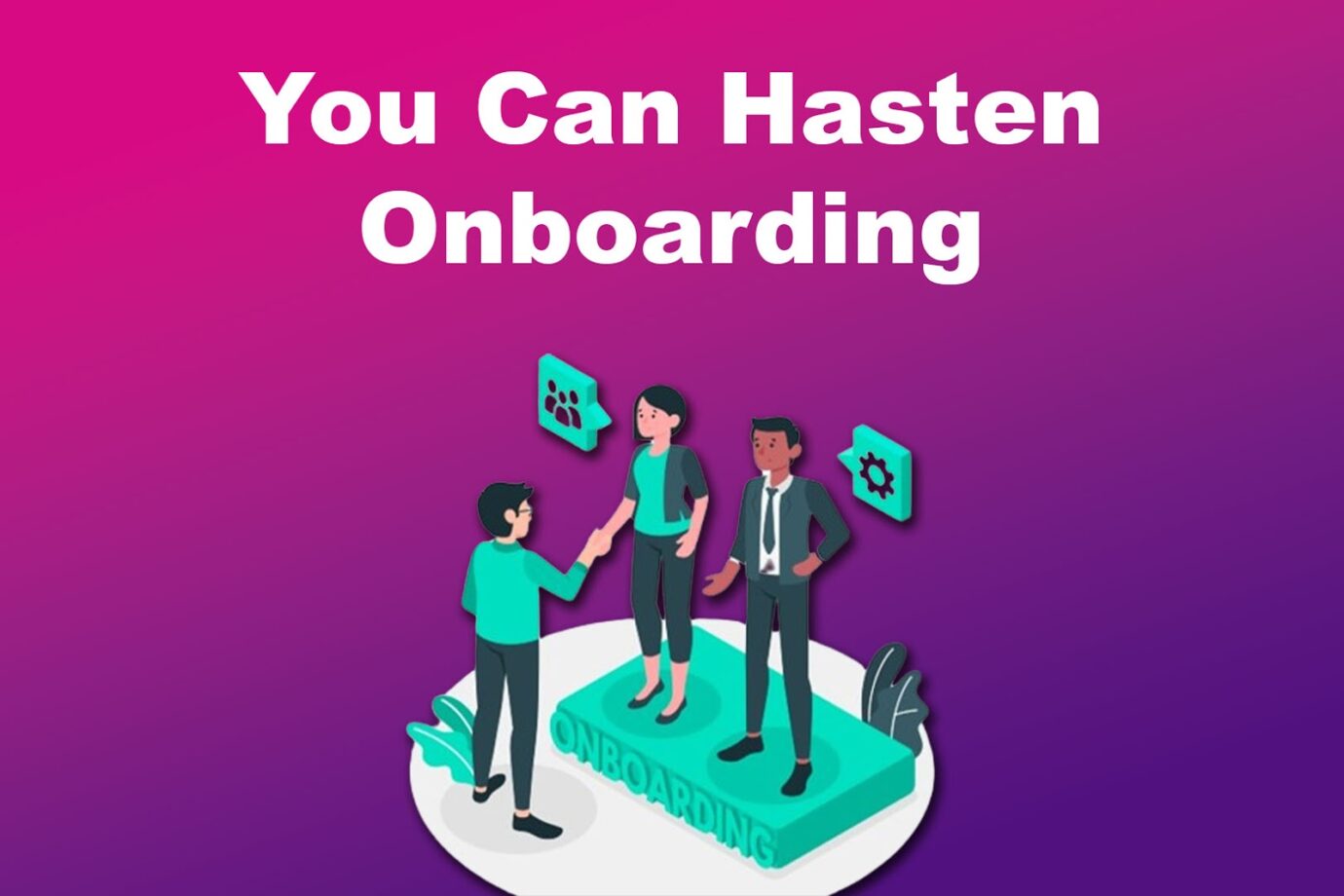Employee onboarding is crucial for all organizations. This process guarantees that new hires successfully assimilate into the corporate culture, comprehend their tasks and responsibilities, and are prepared for success in their new positions.
However, traditional manual onboarding can be time-consuming, error-prone, and impersonal. That’s where employee onboarding automation comes in.
In this article, you’ll learn about onboarding automation, why you should consider it, and how to automate your employee onboarding process.
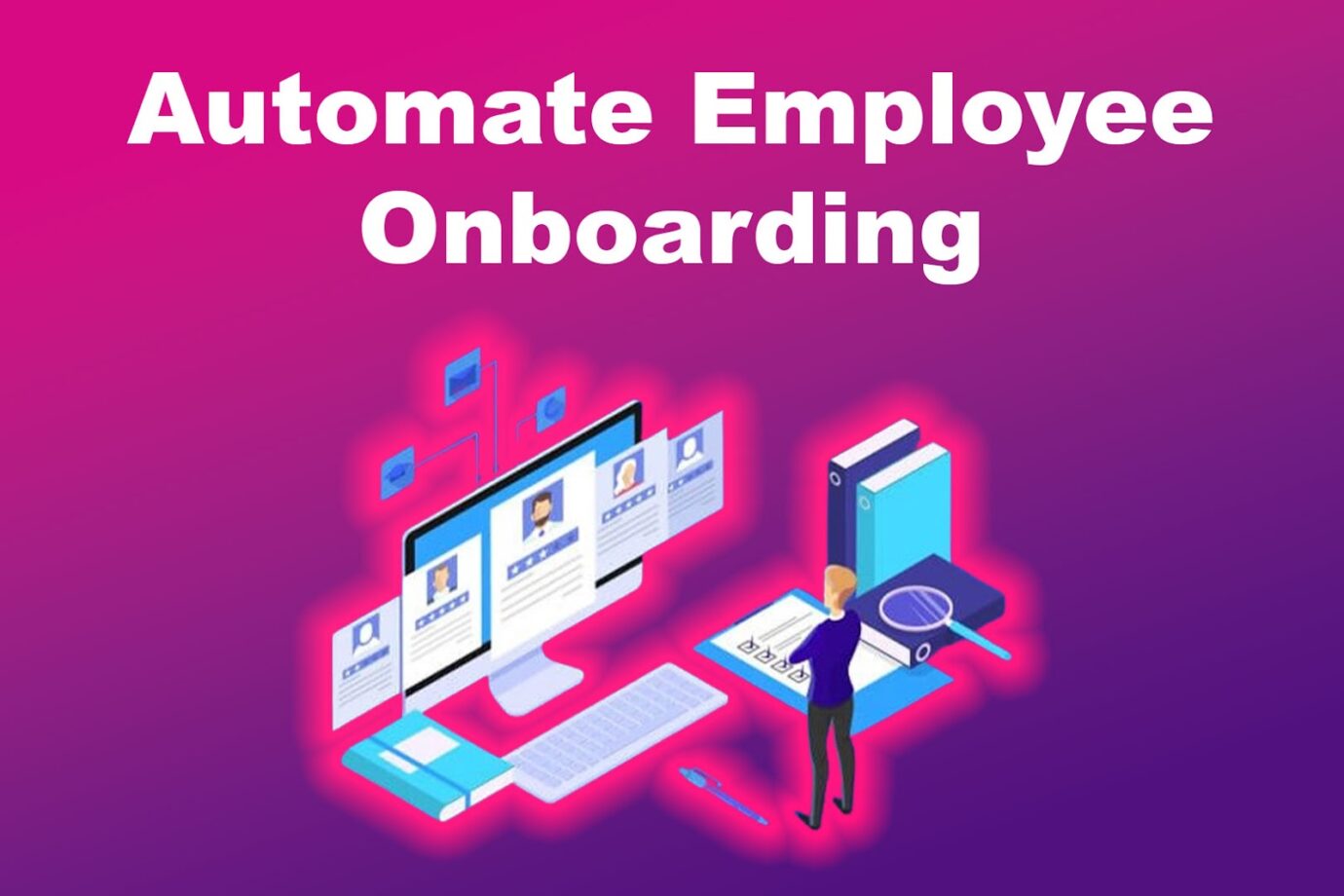
What Is Employee Onboarding Automation?
Employee onboarding automation is the use of technology to streamline the process of bringing new employees into a company. It is more efficient than traditional manual onboarding, as it saves time, reduces errors, and ensures a smooth start to new roles.
Many people confuse onboarding with orientation. Orientation is essential for completing paperwork and other tasks, but onboarding is a more thorough process that involves management and colleagues and can take up to a year.
Read more about employee onboarding automation on LinkedIn.
Why Should You Automate Employee Onboarding?
You should automate your employee onboarding process if your onboarding team handles extensive data and manually processes them repeatedly. Automation eliminates the need for manual processing, thus making onboarding quicker and less tedious.
Engaging with colleagues early on is vital for boosting productivity. However, HR departments are often overwhelmed with manual tasks like introducing new hires, scheduling one-on-one lunches, and organizing offsite.
Finding the time to do these things can be difficult, especially when HR teams are busy with daily tasks.
By automating your onboarding process, your HR team will find more time to help new employees engage with the old ones.
How to Automate Employee Onboarding Process
There is no single step-by-step process to automate employee onboarding that will apply to all types of organizations.
However, you can apply specific steps to define a robust automated process. Depending on your internal processes and company culture, you must follow these step-by-step instructions.
These are the steps to automate the employee onboarding process:
Step 1: Define and Create Your Onboarding Process
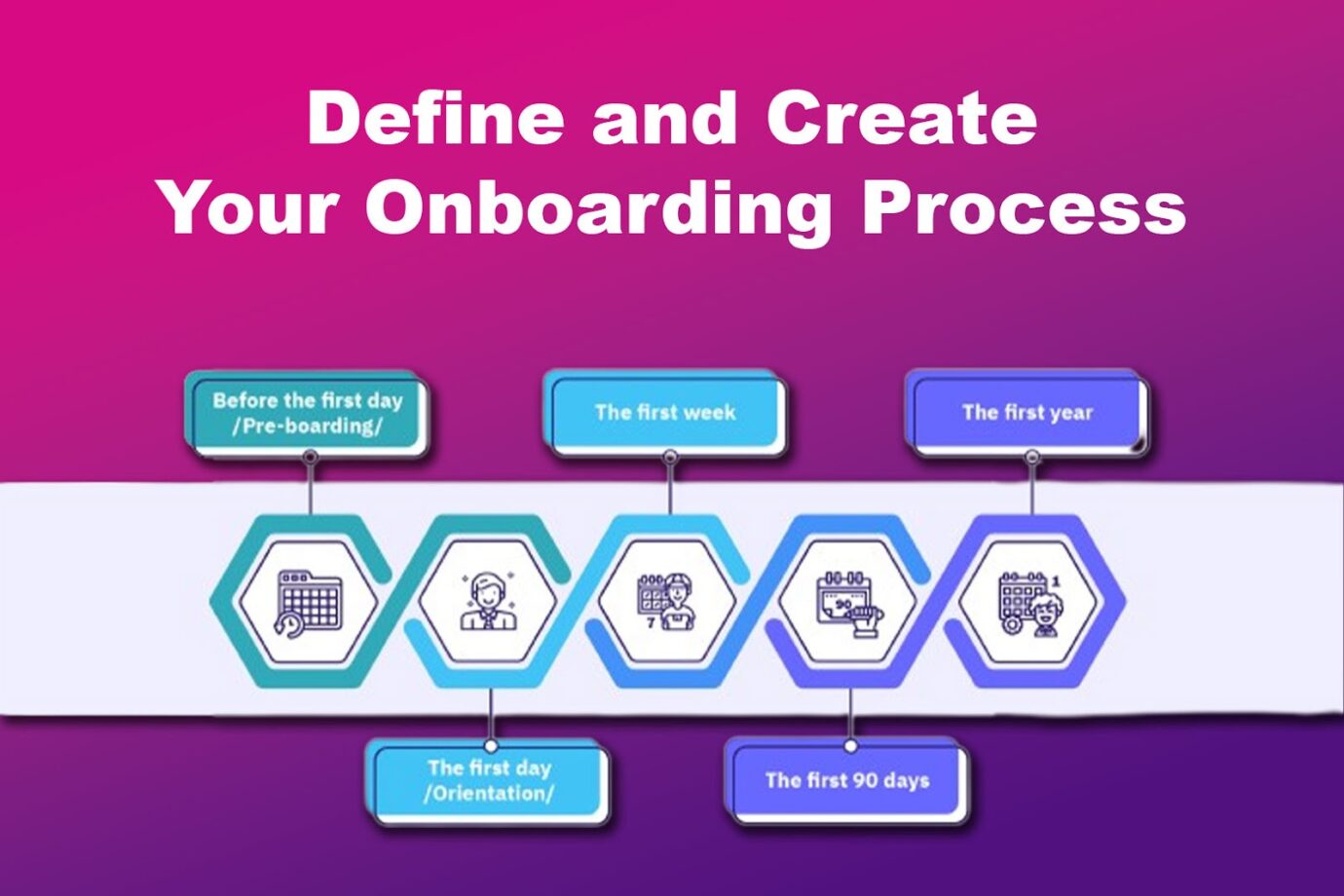
One step to automate employee onboarding is to define the tasks involved in the process. These tasks can include completing paperwork, training sessions, equipment setup, and familiarization with company policies. You should also define the types of onboarding for all kinds of positions in your organization.
Step 2: Consider Investing in Software With Onboarding Features
Using onboarding software can reduce the burden on HR staff and provide a more interactive and efficient experience for new employees.
There are many options for onboarding software, so it is vital to evaluate them and select the one that best suits your team’s needs. An example is Rippling for onboarding, which lets you manage the process in a single platform.
You can find a list of recommended onboarding software in Forbes Advisor.
Step 3: Digitalize Onboarding Documentation
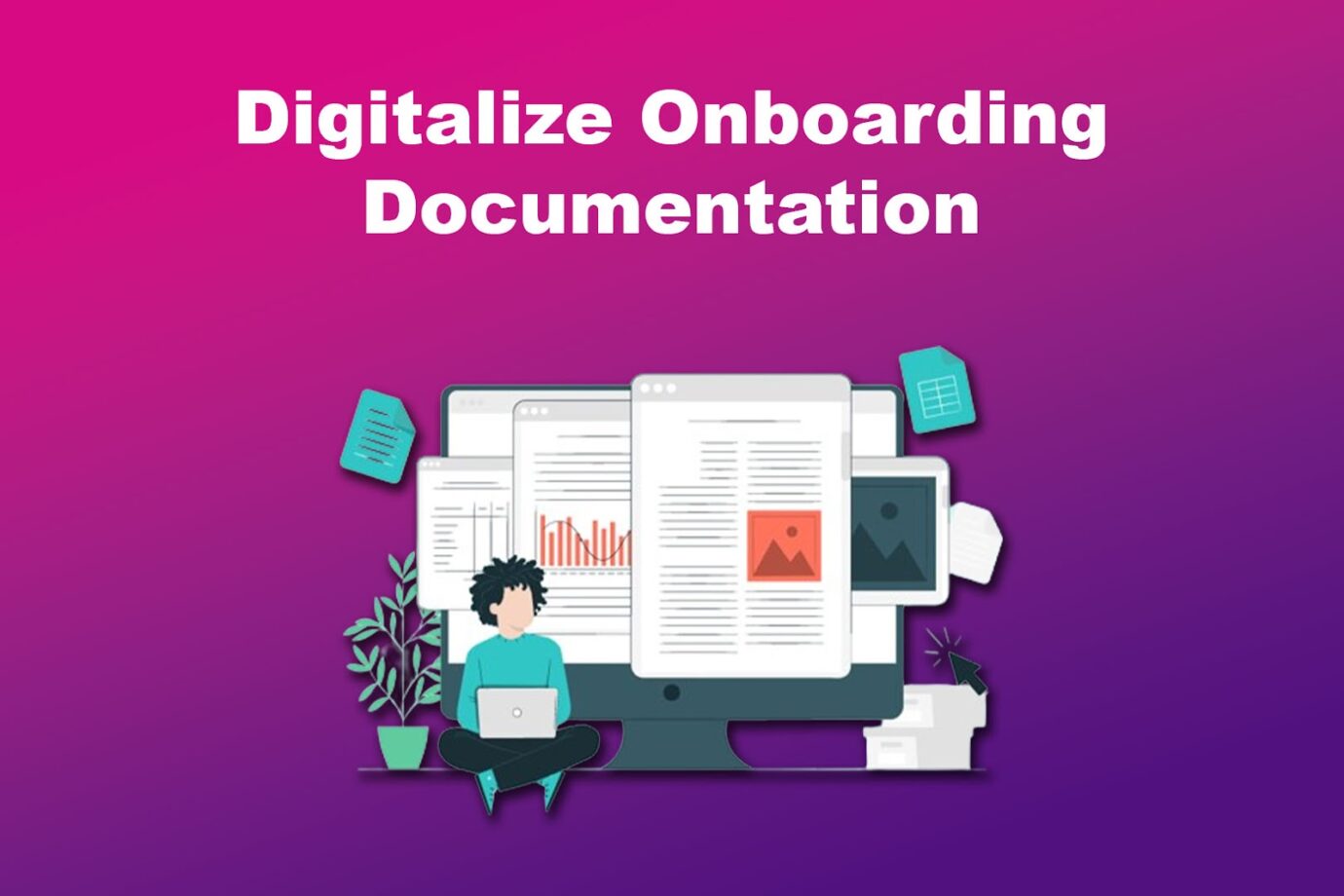
To automate the employee onboarding process, you should convert all required paperwork into digital forms. This includes employment contracts, tax forms, and other documents new employees must complete. You can use e-signatures to simplify the conversion process and make it paperless.
Step 4: Establish the Duration of the Onboarding Process
During the onboarding process, new employees will complete paperwork, attend training sessions, set up equipment, and be introduced to company policies. The duration of the onboarding process should be determined beforehand, and training should be adjusted according to performance before day one.
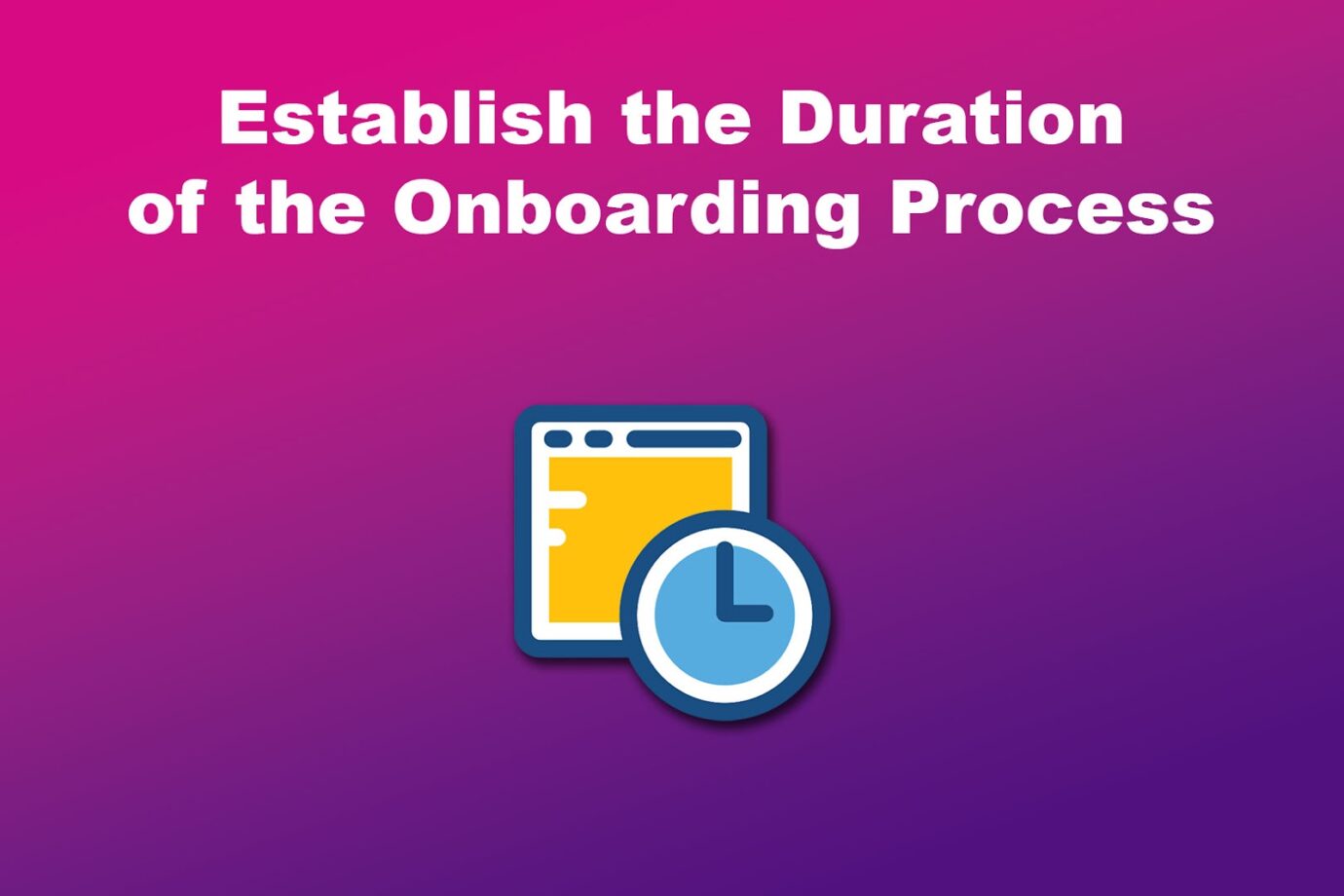
Ideally, the onboarding process should last at least six months and extend through the first year, with check-ins and follow-ups on performance and progress.
Following up with new employees at intervals for as long as the first year of employment can ensure they’re integrating well.
Step 5: Organize the Pre-Boarding Procedure
When an employee accepts a job offer, there is typically a delay before their start date. During this time, planning and creating a list of administrative tasks and paperwork they must complete before their first day on the job is essential. This helps make the first work day less stressful for the new employee.
Additionally, sharing day-one instructions and necessary information with the new employee via email allows them to ask questions in advance. Letting the current team know about the incoming members in advance will also help streamline the onboarding procedure for all parties.
Step 6: Create a Welcome Packet for Day One Onboarding
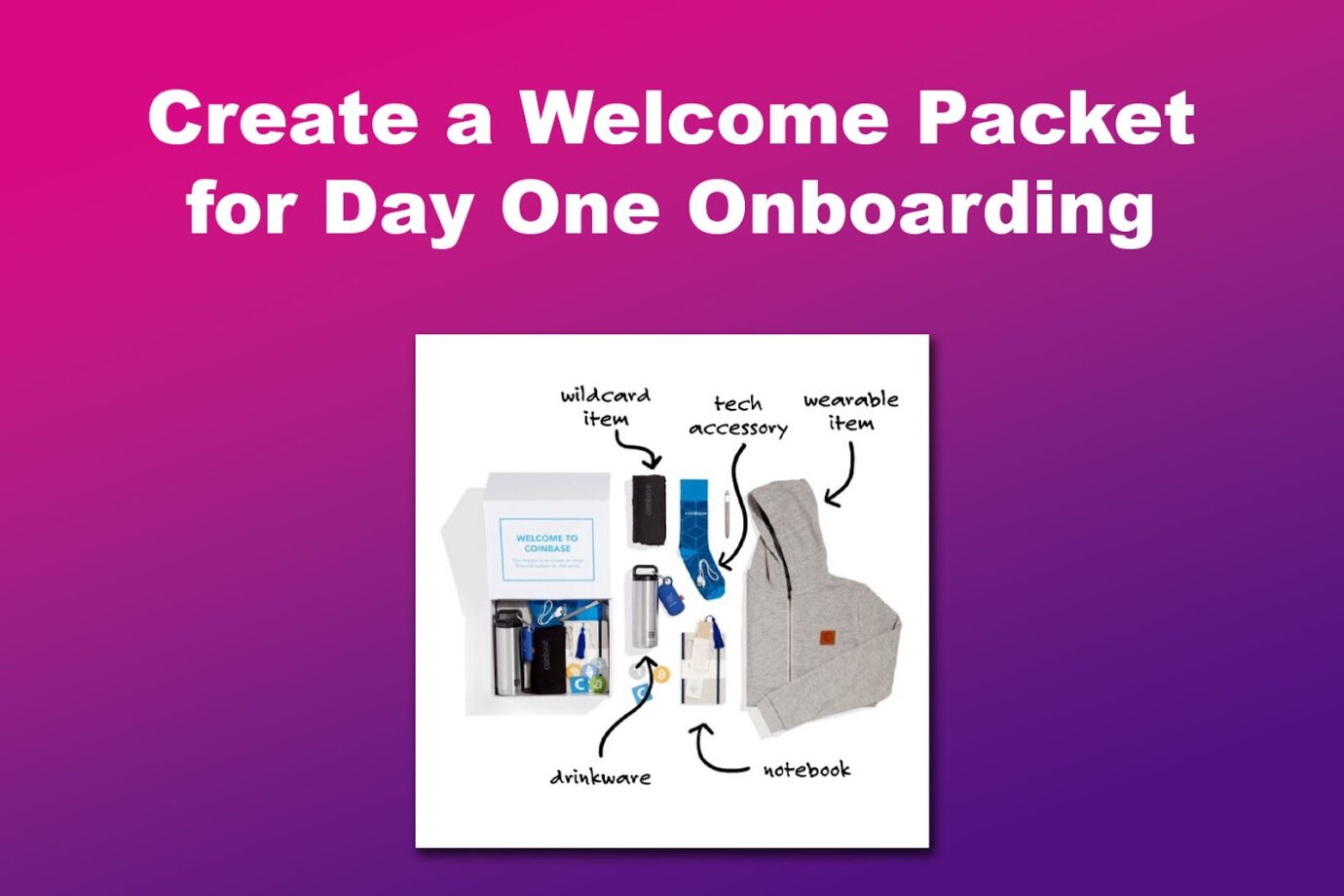
Creating and delivering welcome packages is a great way to make your new hires feel welcome. These packages should include all the information about your company culture, policies, and other materials that may help your new team members feel more comfortable during their onboarding process.
This will help your new employees get off to a great start and feel like they’re part of the team from day one!
Step 7: Automate Training, Learning, and Notifications
You can streamline training sessions using a learning management system. These features may include onboarding videos, e-learning modules, and quizzes. Automated tracking can help ensure that employees complete the necessary training.
Automated alerts and reminders can make the onboarding process much smoother. Consider sending out friendly welcome emails, setting up reminders for tasks they should complete, and alerting them about upcoming training sessions.
Step 8: Collect Feedback and Provide Ongoing Check-ins
One crucial aspect of a comprehensive onboarding process is determining the frequency of meetings with your new employee and adhering to your schedule.
It’s essential to provide regular feedback and support to new employees, which should be part of any onboarding program. You can also ask for their feedback on the process.
Regular meetings with new hires and providing ongoing feedback can help monitor performance and boost retention rates. Showing support and investing in employee growth can increase productivity and job satisfaction.
Step 9: Monitor Key Metrics
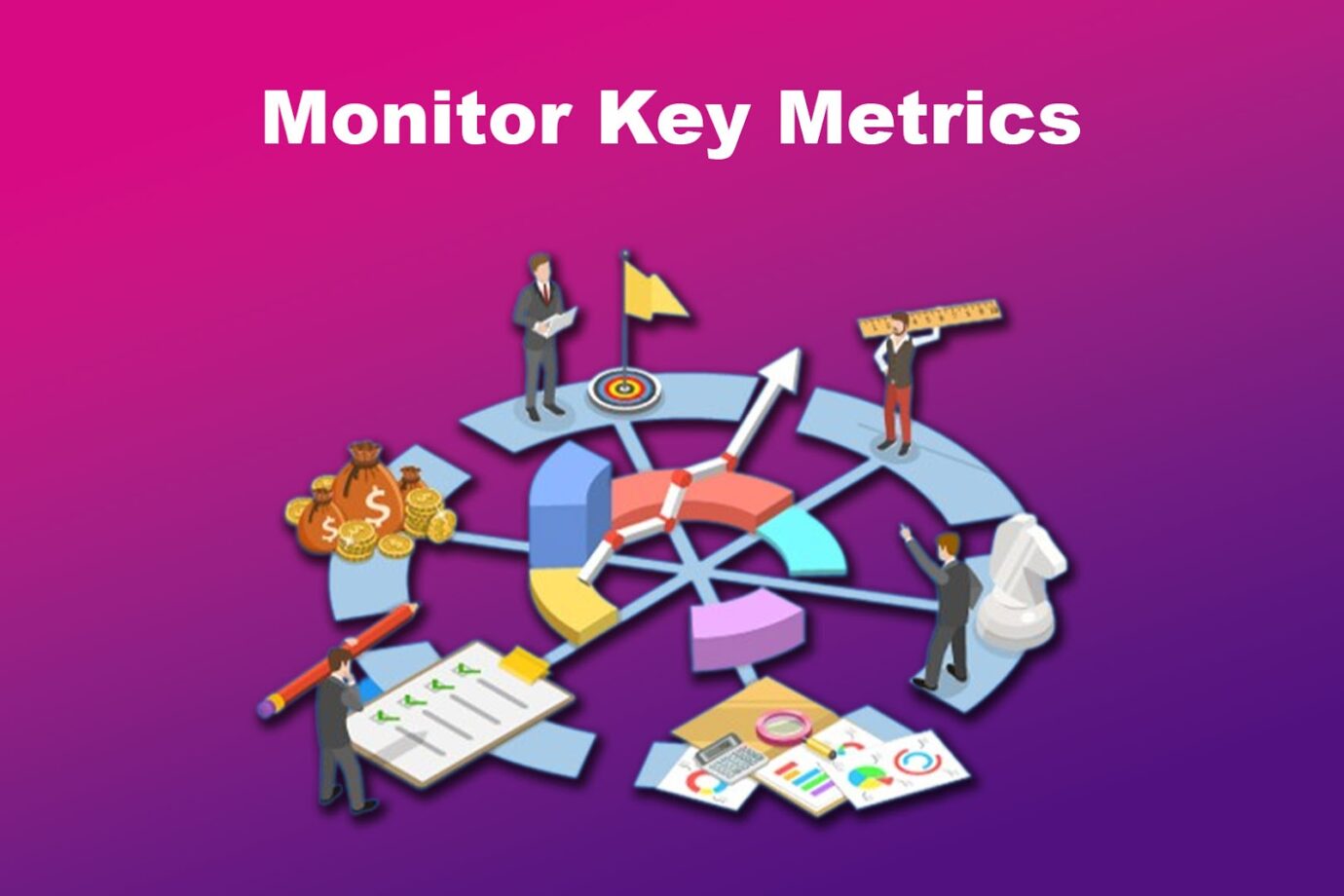
Utilizing analytics and reporting features is an effective way to track important onboarding metrics, such as time to productivity, training module completion rates, and employee satisfaction.
Your organization can use the insights gained from this data to improve the onboarding process further.
Check out Forbes Advisor for more info on the step-by-step guide to an onboarding process.
Benefits of Automating Employee Onboarding
Here are the benefits of automating employee onboarding:
- You Can Save a Lot of Time.
If your HR team spends most of its time on admin tasks, onboarding could be more scalable. They can onboard a few hires simultaneously, but more is needed for a fast-growing company. Automating the onboarding process can save your HR team’s time. - You Can Reduce Mistakes.
By introducing automation, you can minimize human errors like incorrect data entry or missing paperwork. Automated systems can complete tasks with high precision, reducing inaccuracies in compliance-related documentation or employee records. - You Can Provide a Repository of FAQs.
Starting a new job can raise many questions for employees. They must get their answers quickly and easily. Without an automated system, they are left to their own devices, spending too much time trying to find the information they need. -
You Can Hasten Onboarding.
Automated workflows and processes speed up the onboarding timeline. This is especially helpful in fast-paced industries where quickly getting new employees up to speed is super important.
- You Can Simplify Employee Management.
Automated onboarding provides complete visibility into the onboarding process, enabling employers and employees to track progress easily. Additionally, a single data repository provides HR teams with insightful information that helps them make well-informed decisions when hiring fresh candidates.
Check out Forbes to learn more about the benefits of automating processes.
Which HR Process Would Benefit From Automation?
Some HR processes that would benefit from automation include recruitment and applicant tracking, employee onboarding and offboarding, and training and development. Benefits administration, compliance and reporting, employee surveys and feedback, and global payments will also benefit from automation.
Automating HR processes can help organizations in multiple ways, including saving time, reducing errors, and enhancing data accuracy. It also enables HR professionals to concentrate on more strategic and value-added tasks. Furthermore, automation can help create a seamless and positive experience for employees and HR teams.
How Does Automation Increase Employee Productivity?
Automation increases employee productivity by eliminating the need to do repetitive tasks manually. This helps employees focus on the more complex aspects of their job. Automation also performs tasks faster than humans, further increasing efficiency and productivity.
Implementing automation requires proper training and change management to ensure employees can effectively adapt to new automated processes. While automation can bring numerous benefits, it’s important to implement it thoughtfully. This ensures that the technology complements human abilities rather than replacing them entirely.
If you want to know more about how automation drives business growth and efficiency, read more on Harvard Business Review.
The Time to Automate Employee Onboarding Is Now
Automating employee onboarding is critical to creating a more efficient and effective onboarding process. It helps to streamline the process, reduce errors, and create a more personalized and engaging experience for new employees.
By following the steps above, you can automate your employee onboarding process and ensure that your new hires are integrated into the company culture, understand their roles and responsibilities, and are set up for success in their new roles. This will help your organization scale up and achieve greater success.
